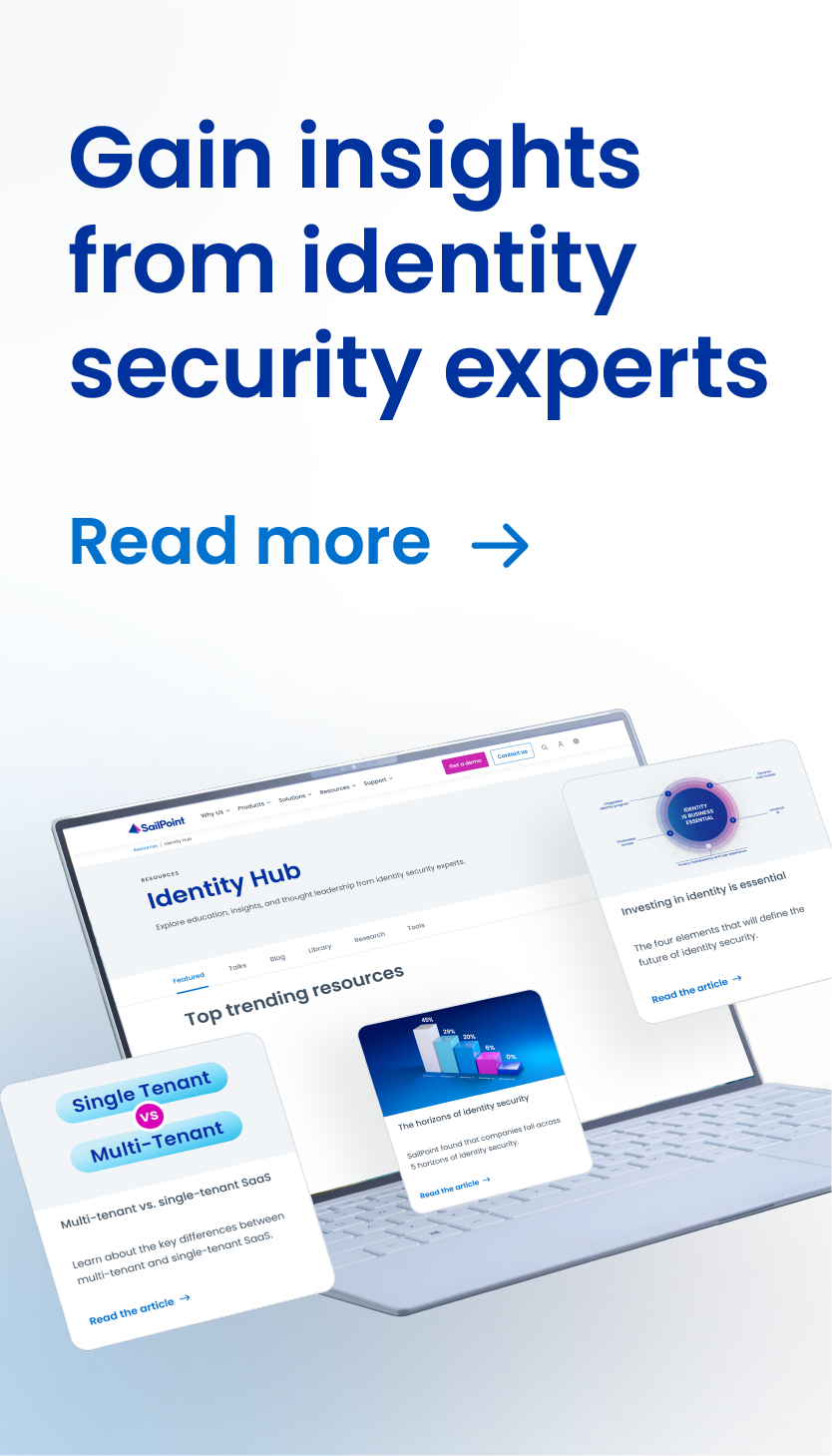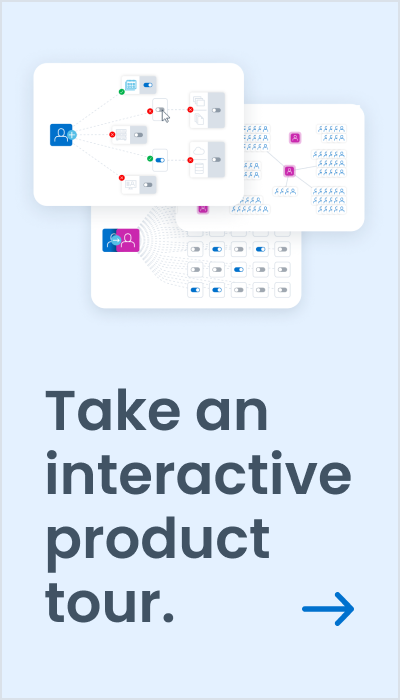The Revolution Will Be Digitized
A time comes for every technology when it’s outstripped by a newcomer. CDs brought about the demise of floppy disks and cassette tapes, just as streaming services like Pandora and Spotify have now taken over CDs. But even in the enterprise space, new technologies are taking over the territories of long-standing denizens. There’s a transformation happening in the world today – and it’s digital.
For an enterprise, this digital transformation takes many forms. Moving data centers from on-premises to the cloud. Enabling users to work from anywhere in the world on any device they choose. Embracing newer technologies like AI, software bots and RPAs (Robotic Process Automations).
Taking on such a fundamental change to the way we work means evolving processes and policies that have long taken root – and we all know change is difficult. It’s no wonder many organizations fail their digital transformation and simply go back to the way they’ve always done things. A staggering 84% of enterprises fail at their digital transformation.
But we mustn’t give up. Cloud applications are only becoming more prevalent. Advances in AI are occurring every day. And someone, somewhere will take advantage of those evolutions and bring them to the masses. Bottom line: whether you fight against it, actively help it or just accept the inevitable, the digital transformation of the world is happening. For our enterprises to continue to be successful, we need to rise to meet its challenge.
Securing the Change
For many organizations, a problem occurs when trying to catch up some of our processes that may lag behind – such as security. Just as we had to evolve over time from Walkmans™ to iPods™ and now to our phones, so we too must evolve how we stay secure during a transformation as large as this. And while it may not be strict hardware changes, we must ensure our software is evolving and can withstand the innovations of the environment it is meant to safeguard.
The security of your organization rests upon the access your users have to your resources. Yes, there are still other security programs that are important – network, endpoint, data, physical, etc. – but the thing that is the easiest point of entry for a hacker today isn’t governed by those systems. The easiest point of entry is your users. And now, those users include bots and RPAs, in addition to the remote workers and those who work on smartphones. No longer can the legacy identity governance systems that simply provisioned access do what needs to be done to actually secure our enterprises.
Digital transformation requires innovation. We must look at our organizations, recognize the adjustments that need to be made and then actually make those changes. It requires a solution flexible enough to mold itself to how each enterprise’s security environment is comprised:
• Supporting both the 10-year-old legacy systems and the cloud apps being taken on every day;
• Enabling and governing users whoever and wherever they are;
• Extending your governance policies to include all resources, including data;
• And utilizing AI to recognize patterns and analyze behavior to assist IT in decision-making.
In order for your enterprise to be successful in its digital revolution, you may need to start with your security – and identity governance. Once your foundation is in place, and you are able to see everything, govern everything and empower everyone in your organization, you can focus on the change that needs to happen while being confident and secure to take on whatever might be the next frontier.
Read the Ultimate Guide to Identity Governance to learn how the power of identity will help you meet the challenges of your digital transformation.



Discussion